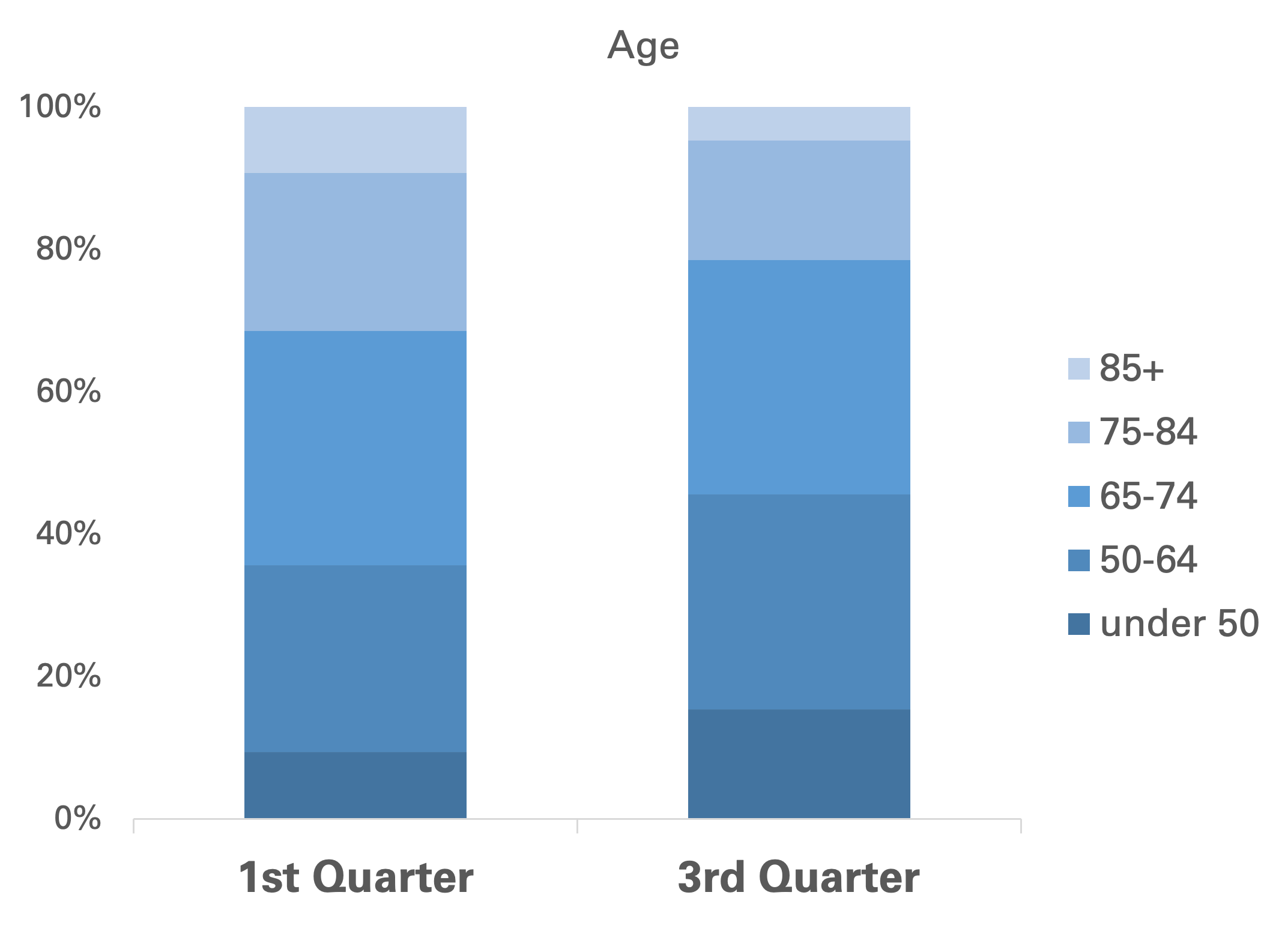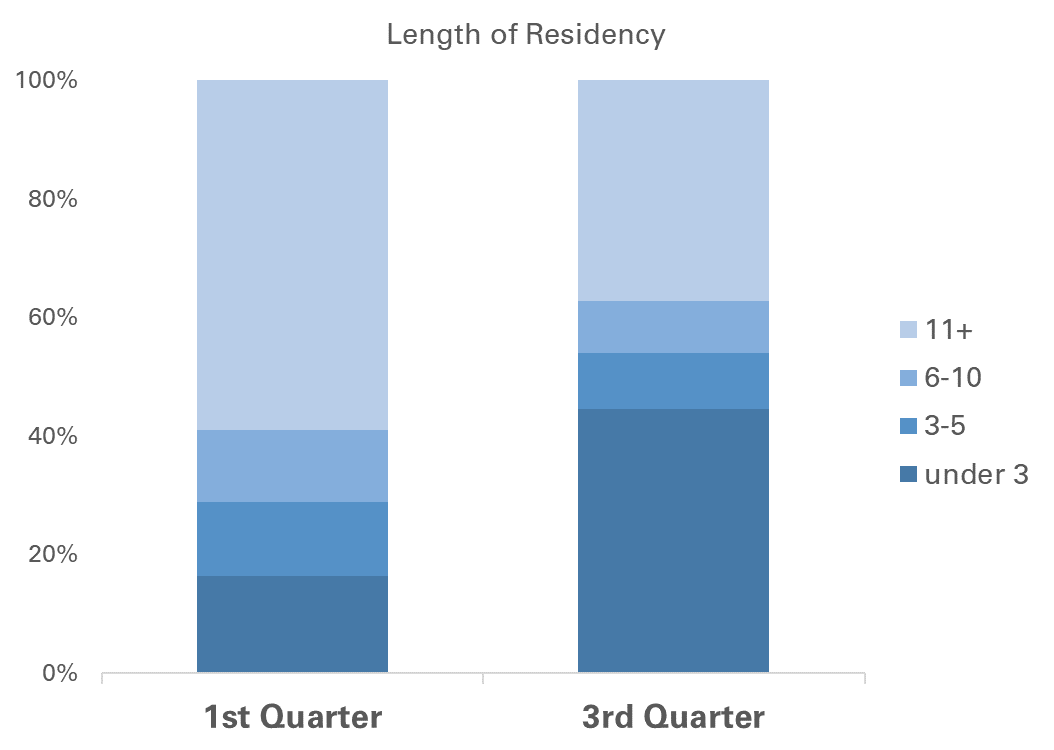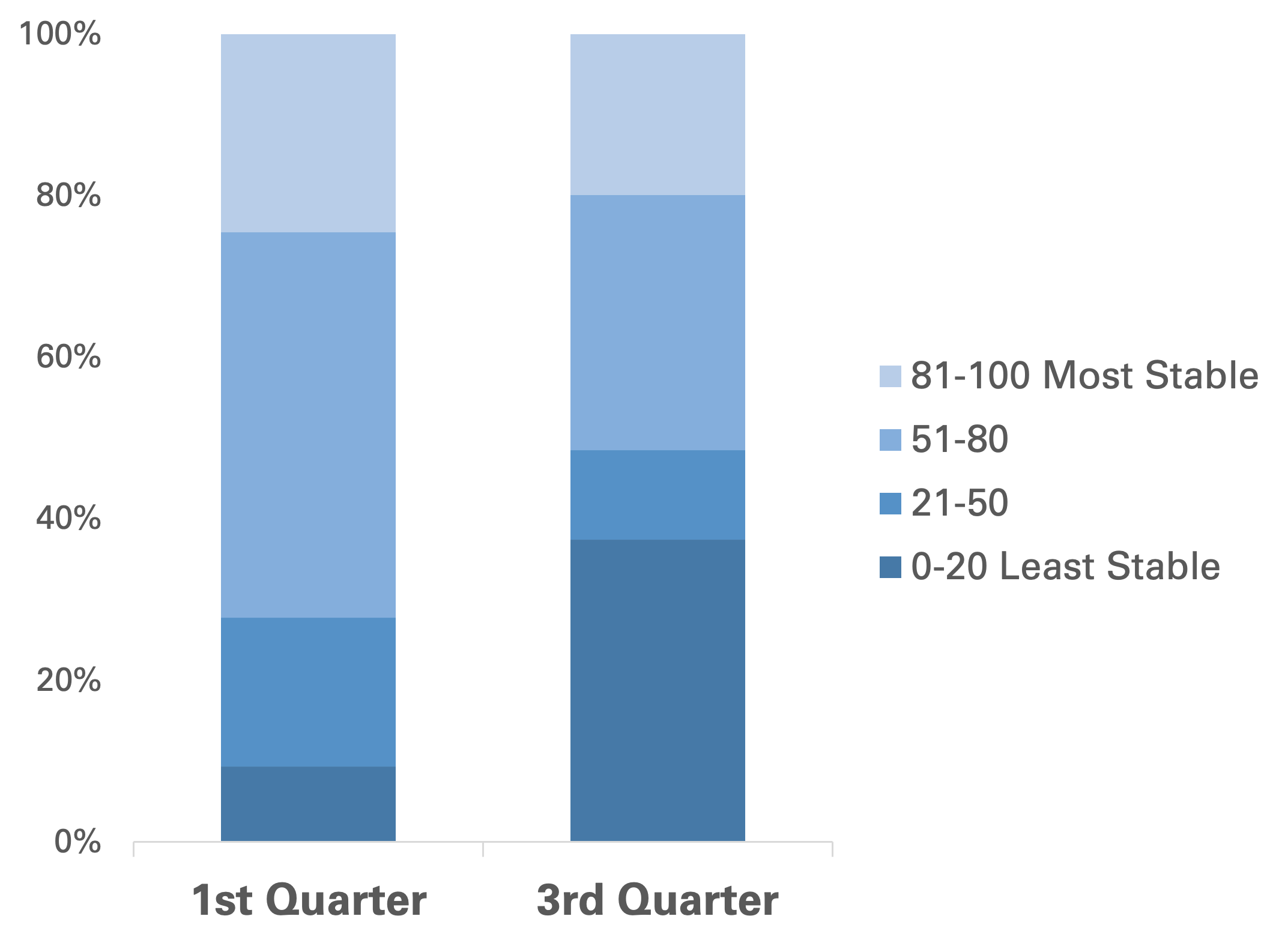
The Young Donors You Have Always Wanted

Due to COVID-19, The Salvation Army experienced a significant increase in new donors acquired outside of the holidays. Our previous experience with disaster events has taught us to look closely at surges of giving. Analysis helps us identify changes to our strategy and understand the long-term impact on budgeting and revenue. Based on our prior experience, we know that crisis events broaden the donor base and increase the number of donors who are less consistent in their giving.
When an organization’s donor pool increases, it is either a competitive gain with a shift in giving to your organization by charitable donors or an expansion into demographics that don’t have an established pattern of charitable giving.
Crisis events tend to expand your pool of donors by attracting gifts from demographics that don’t have an established or consistent pattern of charitable giving. In our analysis, we see consistency with this pattern.
To begin with, donors who gave during the COVID Spring of FY20 were younger than the donors we had previously acquired during the holidays.

COVID-19 also produced another remarkable shift in demographics. When we compared new donors in the spring to previously acquired holiday donors (pre-pandemic), we saw a significant spike in donors with low residency and consumer stability.


These demographic insights do a great job of explaining the pattern of post-disaster declines in retention rates. COVID-19 and other disasters expand participation in charitable giving, but in the past, these events have not changed the ongoing pattern of participation after the crisis. It is fair to consider that the length and breadth of the pandemic’s impact might result in a different post-crisis dynamic, but it is also important to be prepared for the looming shift in giving.
Here is how we are approaching the post-pandemic transition:
- We are being realistic. There has been an influx of new donors from more unstable households, and the pressure of other expenses could suppress future giving once the crisis is resolved.
- We are focused on short-term affirmation and engaging this broader audience with strong cases for ongoing giving, optimistic that a sizable group of donors will be retained.
- We are cultivating a long-term perspective on this unique acquisition class: These new young donors are the donors of the future!
Carefully managed communication can position The Salvation Army as the preferred charity for this group of new donors long before they tip into a regular giving demographic. For many of these first-time givers, COVID-19 combined with the donor’s impact through The Salvation Army’s programs is our time’s equivalent to World War I Doughnut Girls.
